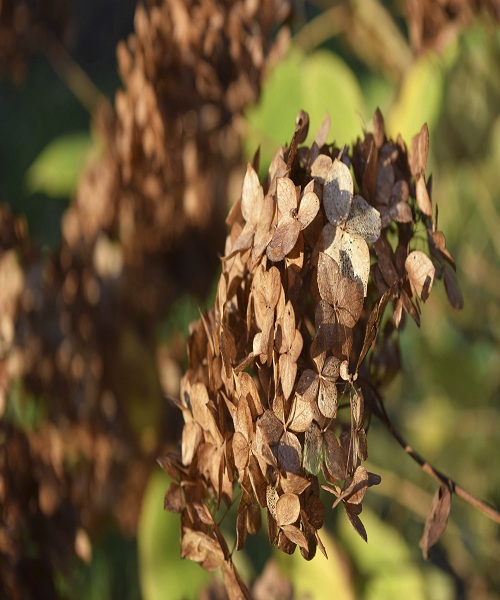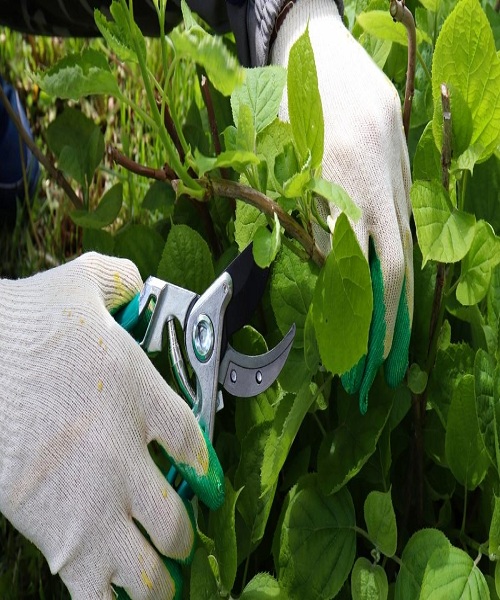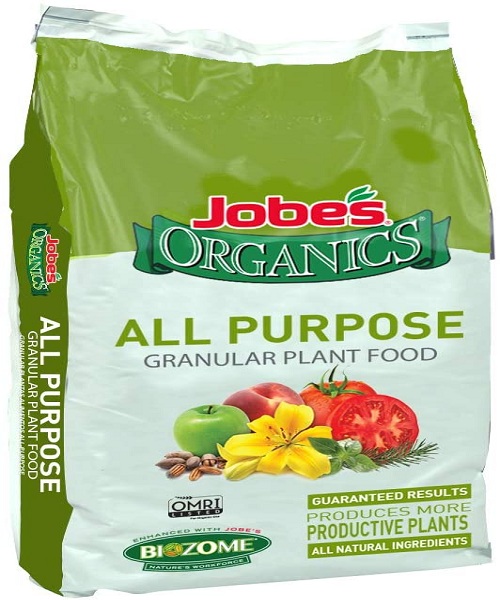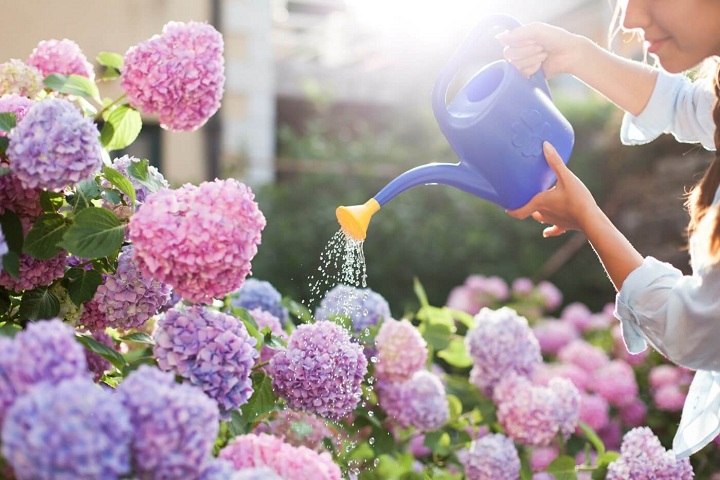So, now that your hydrangeas have bloomed, what should you do with them? Is it ok to cut them back? Is it necessary to remove the spent blooms?
Those are the most often asked questions regarding hydrangeas. There is a valid reason for this.
How you treat your hydrangeas throughout the summer can have a significant impact on the health of your plant and the quality of its next year’s blooms and performance.
Today’s essay on summer hydrangea care aims to address all of those concerns and more. During and after the blooming cycle, both are possible.
Before & After Blooming Hydrangea Care
Importance of Deadheading
The benefits of deadheading spent or fading flowers on your hydrangeas are numerous when they begin to bloom. As the flowers begin to fade, they are snipped or chopped off to prevent them from wilting.
First and foremost, deadheading is a great way to keep your plants looking their best. But the benefits are much more than just good looks.
As flowers begin to fade, it is important to remove them so that the plant can save its energy for the remainder of its blooms. Because a flower is attached to the main plant, it uses energy as long as it is in place.
It does this to try to heal itself and keep it alive and healthy. However, when the flower dies off, the plant expends a lot of energy assisting the flower in forming its seeds.

Energy For Next Year’s Blossoms
Redirecting energy to a new blossom is as simple as removing an old one. As previously noted, a portion of the effort is devoted to completing the remaining blooms.
The plant also begins to re-direct its energy to root growth and nutrient storage, which is even more critical. Thus, the process of enhancing the next summer’s flowers to a bigger and brighter display gets kicked off.
It is crucial to remove deadheads as soon as the plant is in full bloom. Remove as many flowers as possible as they fade to keep the energy flowing in the right direction.
Always use clean, sharp pruners when removing blossoms from a plant. The stems can be readily damaged by dull blades, and the plant will need more time and energy to recover from this than if the old bloom had not been removed.
With a good pair of pruning shears, you can get the job done quickly and easily. Hydrangeas may be rather huge, so long-handled Bypass Pruners are an excellent option.
What To Do With Hydrangeas WHILE They’re Blooming?
Your hydrangea’s post-bloom care depends on the type of variation you have. When a flower blossoms, you can usually identify what variety it is.
Prune summer-blooming hydrangeas right after they finish blooming, in most cases. Oakleaf, Bigleaf, Climbing, and Mountain variants are all included in this category.
Every single one of these cultivars produces its next year’s flowers on this year’s late summer growth, or what is referred to as “old wood.” These kinds need to be pruned back in the fall since the wood that holds the next year’s blooms is also being pruned away if you wait until the fall.
Unfortunately, rather than poor plant or soil health, most gardeners have problems each year getting their hydrangeas to bloom because they pruned their bushes too late the previous year.
It’s better to go light on pruning hydrangeas with old wood flowering when they’re older. Major pruning isn’t necessary to keep hydrangeas blooming. You just need to prune to maintain your desired shape or to rein in overgrown limbs.

What To Do With Hydrangeas AFTER They’re Blooming?
Pruning
Pruning is best done in late winter or early spring for Smooth and Panicle types. Flowers appear in late summer or early fall and are produced on newly sprung wood.
You won’t have to worry about removing future blooms if you prune the plant before new growth starts. As a result, it is best not to prune these kinds during the growing season.
Late summer and fall hydrangeas, like their summer-blooming counterparts, don’t require as much pruning as their summer-blooming counterparts. Just prune to shape and keep things in order.
Fertilizing
The final step is to apply hydrangea fertilizer. Great bloom cycles can be produced with a little extra power each year. However, the timing of fertilizer application is critical.
While fertilizer in the early spring is best for both summer and late summer/fall kinds, it’s especially important for those varieties. Hydrangeas do not necessitate the use of expensive, specialized fertilizer combinations.
You don’t need much more than a simple fertilizer like Jobes All Purpose Plant Food to get the job done. The plant will benefit from this and remain robust and healthy throughout the season by providing it with pre-bloom strength.


